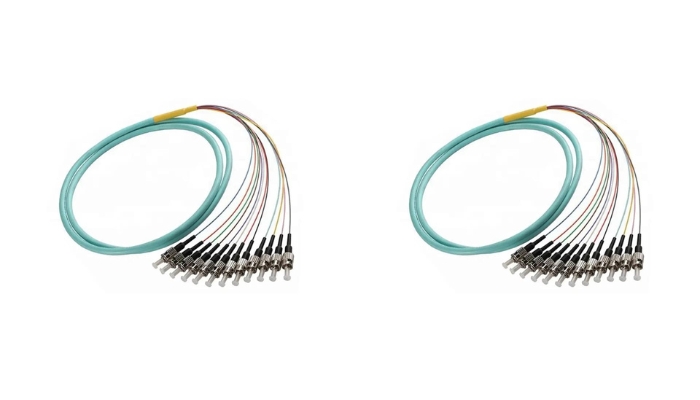The fiber optic network that we are familiar with is basically the type of home broadband access. Unlike previous ISDN and ADSL in the telephone line era, fiber optic internet access has greatly improved in terms of speed and connection quality in an optical fiber communication.
this is only one product used in an optical fiber communication system, there still have some more products used in it, like network switch, SFP module, PLC splitter, fiber optic patch panel and network cabinet etc.

No matter what type of fiber you see, its material is made of plastic or glass fibers that can transmit light, using the “total reflection of light” transmission principle to transmit data signals. Light itself is an electromagnetic wave, but the frequency of this electromagnetic wave is relatively high (i.e. the wavelength is very short), but it cannot reach X-rays γ The strong penetration of electromagnetic waves with extremely short wavelengths such as X-rays (concrete wall lead-filled series) allows for almost complete reflection with a very thin reflective layer, greatly reducing signal loss during transmission in an optical fiber communication system.
Now the fastest transmission speed with data available in an optical fiber communication system is that France Telecom Alcatel-Lucent and BT measured that the transmission speed reached 1.4 Tb/s in the experiment. As for why multi-channel data can be transmitted at high speed, it mainly depends on multiplexing technology.
Multiplexing technologies include: Frequency-division multiple access (FDM), Time-division multiplexing (TDM), Wavelength Division Multiplexing (WDM), Code Division Multiple Access (CDMA) and Space-division multiple access (SDMA). What’s going on with each technology? please take a look below:
Wavelength division multiplexing: It is a variant of FDM applied to fiber optic channels.
PowerTel & his dedicated engineers are able to provide you a package solution to your optical fiber communication system, from initial technical consulting, value engineering design, package supply of materials, construction & installation to final testing & commissioning.
